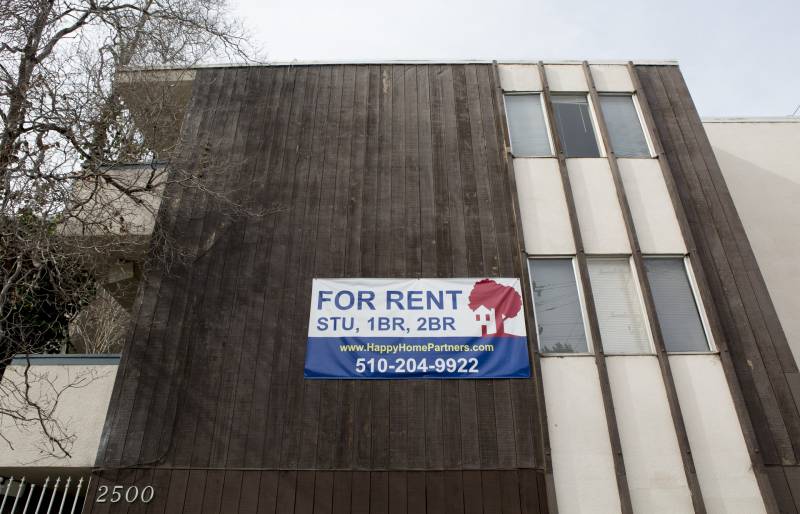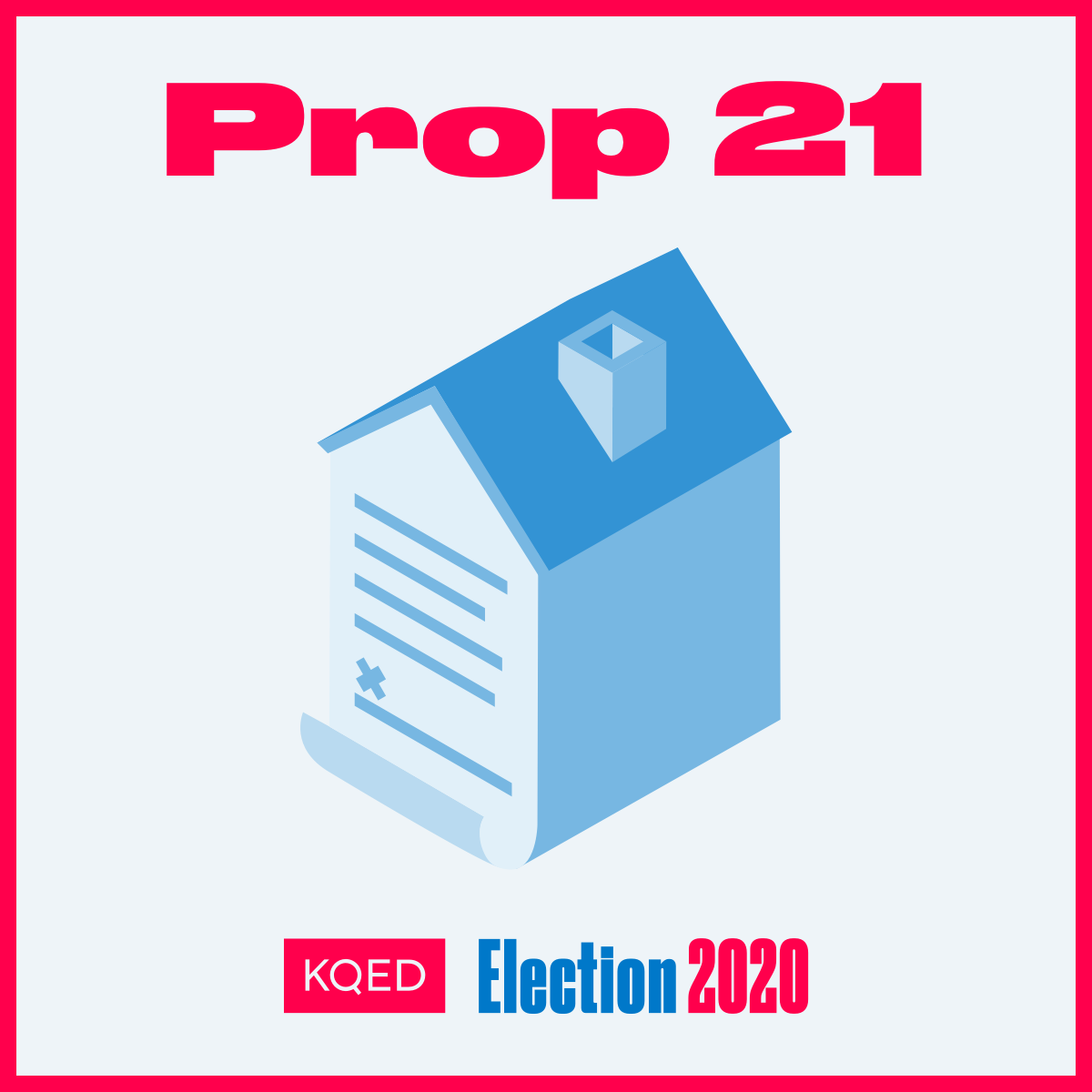California voters on Tuesday rejected Proposition 21, which would have allowed cities to enact more restrictive forms of rent control.
It was the second time in two years that voters weighed in on the issue. In returns Tuesday night, at around 11 p.m., Prop. 21 was called after trailing by a nearly 20-point margin, with 59.4% votes opposed compared to 40.6% in support.
Proposition 10, which would have repealed the Costa-Hawkins Rental Housing Act, was also soundly defeated in 2018 by a similar margin.
“This is a really sad day for the state of California,” said Ged Kenslea, the communications director for the Yes on 21 campaign, as well as for the AIDS Healthcare Foundation, the proposition’s sponsor and main funder. “We’ll continue on with the fight.”
Prop. 21 would have allowed cities to impose rent control on buildings 15 years or older, including some single-family homes and condos owned by people who have more than two houses or condos. And it would have brought back vacancy control, which limits how much a landlord can raise the rent when a tenant leaves their unit.


